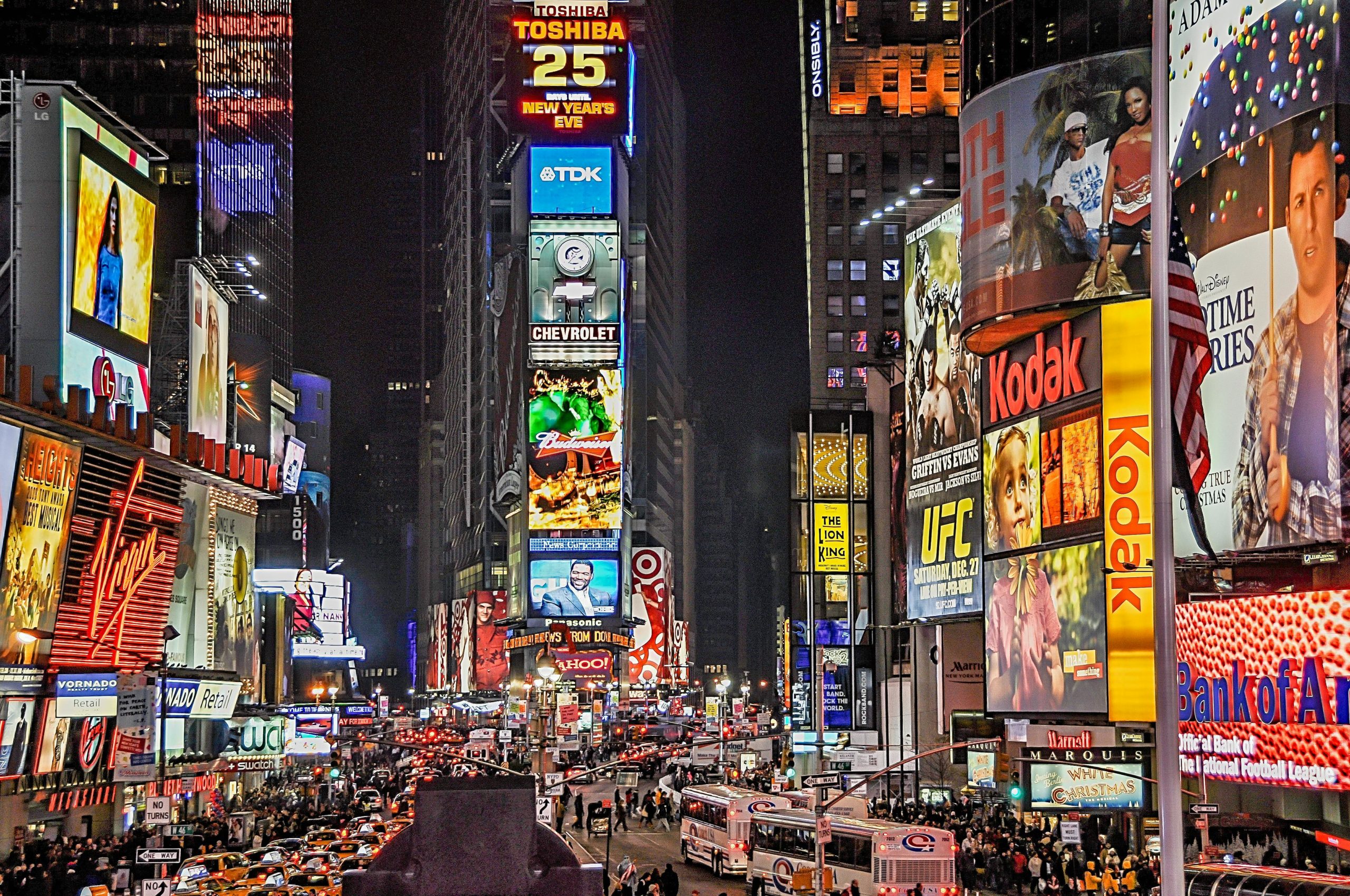
Experiential marketing has emerged as a powerful tool for brands to connect with their audiences on a deeper level. Traditionally, experiential marketing was associated with one-time events, such as product launches, trade shows, or pop-up shops. However, forward-thinking brands have realized that the impact of these events can extend far beyond the event itself. They’ve transformed these moments into lifestyle experiences, creating lasting connections and fostering ongoing engagement.
What Is Experiential Marketing?
Experiential marketing, also known as engagement marketing or event marketing, focuses on creating memorable and immersive experiences for consumers. Instead of merely promoting a product or service, brands aim to evoke emotions, engage the senses, and leave a lasting impression. These experiences can take various forms, including:
- Pop-Up Shops and Brand Activations: Brands set up temporary physical spaces where consumers can interact with products, participate in activities, and engage with brand ambassadors.
- Live Events and Festivals: Concerts, sports events, and festivals provide opportunities for brands to sponsor or create unique experiences that resonate with attendees.
- Virtual Experiences: With the rise of digital platforms, brands now host virtual events, webinars, and interactive online campaigns.
- In-Store Experiences: Retailers enhance the shopping journey by creating memorable moments within their stores.
Beyond the Event: Building Brand Communities
While events are impactful, forward-thinking brands recognize that the real magic lies in building brand communities. These communities extend beyond a single event, creating a sense of belonging, shared identity, and ongoing engagement. Here’s how successful brands have turned events into lifestyle experiences:
1. Apple: Cultivating Creativity and Innovation
Apple’s brand community is legendary. The principles of creativity and innovation are at its core. Apple doesn’t just sell products; it fosters a lifestyle. From product launches to Apple Stores, every interaction reinforces the brand’s ethos. Apple enthusiasts don’t merely own iPhones; they belong to a global community of creators and visionaries.
2. Harley-Davidson: Freedom and the Open Road
Harley-Davidson’s community revolves around the concepts of freedom and the wide road. Owners don’t just ride motorcycles; they embrace a lifestyle. Harley-Davidson events, rallies, and clubs celebrate this spirit. The brand’s logo isn’t just a symbol; it’s a badge of honor for those who share the passion for the open road.
3. Nike: Wellness and Fitness
Nike’s brand community centers around wellness and fitness. Beyond selling athletic gear, Nike inspires athletes and fitness enthusiasts to push their limits. Whether it’s the Nike Run Club app, community workouts, or collaborations with athletes, Nike creates a lifestyle that transcends sportswear.
4. Lego: Creativity Unleashed
Lego enthusiasts aren’t just building blocks; they’re part of a global community of creators. Lego conventions, user-generated content, and collaborative projects fuel this sense of belonging. The brand’s events encourage creativity, imagination, and playfulness.
5. Patagonia: Environmental Stewardship
Patagonia’s brand community is passionate about environmental stewardship. The brand’s events include beach cleanups, outdoor adventures, and film screenings. Patagonia doesn’t just sell outdoor gear; it rallies a tribe of eco-conscious explorers.
6. Starbucks: The Third Place
Starbucks transformed coffee consumption into a lifestyle. Its brand community revolves around the concept of the “third place”—a cozy, welcoming space beyond home and work. Starbucks stores become community hubs where people connect, work, and unwind.
7. Red Bull: Extreme Living
Red Bull’s brand community thrives on extreme living. From adrenaline-fueled events like Red Bull Stratos to sponsoring extreme sports, the brand embodies adventure, risk-taking, and pushing boundaries.
8. Noom: Health and Accountability
Noom, a wellness app, has built a community around health and accountability. Users support each other on weight loss journeys, share progress, and celebrate milestones. Noom’s events foster camaraderie and commitment.
The Recipe for Success
What makes these brand communities successful? It’s a combination of:
- Shared Identity: Brands create a sense of belonging by aligning with their audience’s values and aspirations.
- Emotional Bonds: Beyond transactions, these communities evoke emotions and foster connections.
- Consistent Engagement: Brands maintain ongoing interactions through events, content, and social platforms.
- Measurable Impact: Brands track community health, loyalty, and advocacy.
Conclusion
From events to lifestyle, brands that build strong communities understand that it’s not just about one-time experiences. It’s about creating a sense of belonging, evoking emotions, maintaining consistent engagement, and measuring their impact. So, whether you’re sipping coffee at Starbucks or riding a Harley-Davidson, remember that you’re part of something bigger—a community that transcends products and services.
